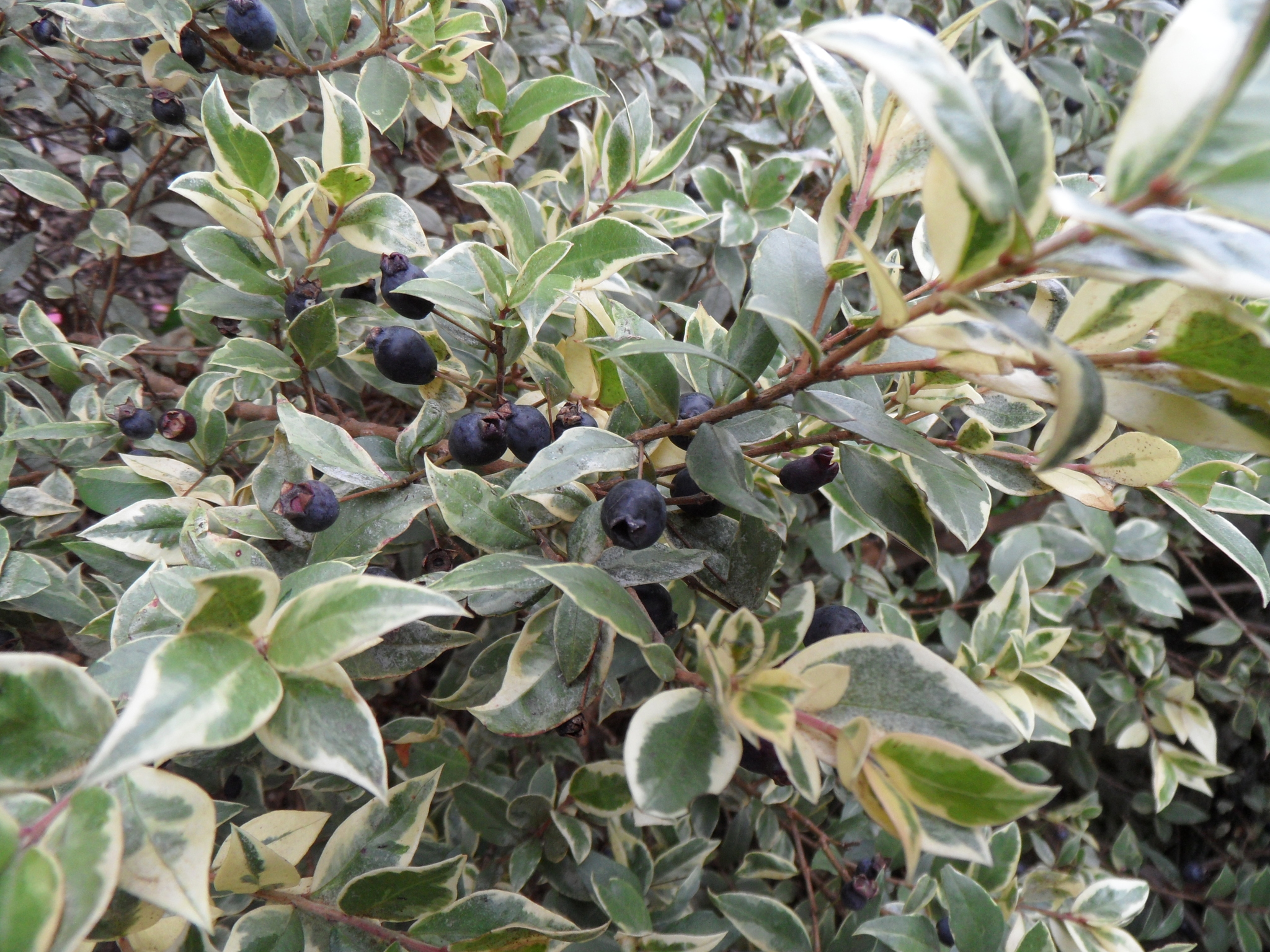
Classical name for the myrtle.
Evergreen shrubs. Leaves opposite, entire, shiny dark green, aromatic when crushed. Flowers solitary or in clusters in the leaf axils. Petals 4, white or pink. Stamens numerous, longer than the petals. Style solitary. Fruit a berry with persistent sepals.
Grown for the formal habit and foliage, also the fragrant foliage and flowers.
2 species from the Mediterranean and N Africa.
Seed and semi-hardwood cuttings.
The leaves, flowers and fruits are rich in oil used in perfumery and medicine; the wood is used in carpentry; the bark for tannins. A plant with strong cultural symbolism, used by the ancients for various social ceremonies.
Leaves ovate to lanceolate, shiny; calyx 4-5-lobed; petals 4; stamens larger than petals; fruit blue-black, with persistent sepals.
Source: (2002). Myrtaceae. In: . Horticultural Flora of South-eastern Australia. Volume 3. Flowering plants. Dicotyledons. Part 2. The identification of garden and cultivated plants. University of New South Wales Press.
